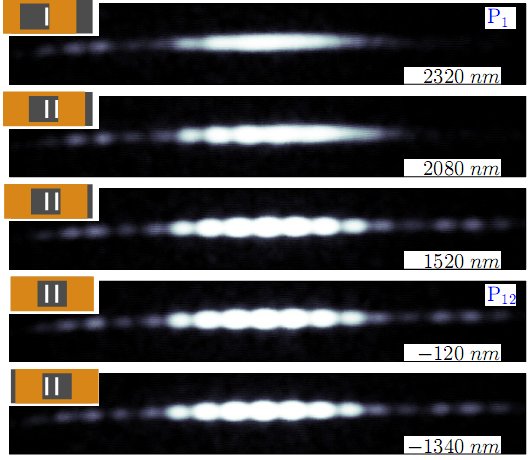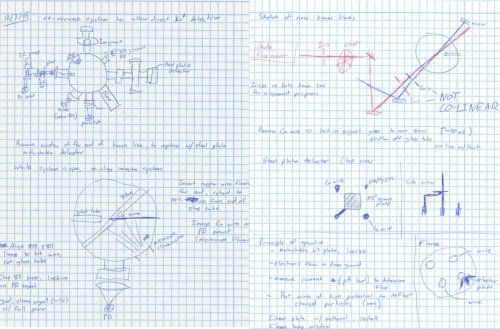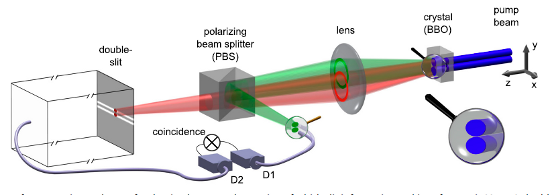Yesterday’s big post on why I think people should embrace scientific thinking in a more conscious way than they do already (because my claim is that most people already use scientific thinking, they’re just not aware that they’re doing it) is clearly a kind of explanation of the reason behind my next book, but what… Continue reading Modern Physics and Scientific Thinking
Tag: science
Why Should You Think Like a Scientist?
As you may or may not know, I’m currently at work on a book called How to Think Like a Scientist. This raises the fairly obvious question in the post title, namely, why should people think like scientists? What’s the point? In a sense, this is (as Ethan Zuckerman pointed out at lunch the other… Continue reading Why Should You Think Like a Scientist?
Ten Years Before the Blog: 2005-2006 (Part II, the Start of ScienceBlogs)
In which we look at the end of the Steelypips era and the launch of ScienceBlogs. ———— Before the Great Upgrade derailed things completely for a month, I was working on a recap of this blog’s history, and had gotten up through the end of 2005, which marked the end of my time as an… Continue reading Ten Years Before the Blog: 2005-2006 (Part II, the Start of ScienceBlogs)
How Did the arXiv Succeed?
In which we look again at the question of why, despite the image of physicists as arrogant bastards, biologists turn out to be much less collegial than physicists. ———— While I was away from the blog, there was a spate of discussion of science outreach and demands on faculty time, my feelings about which are… Continue reading How Did the arXiv Succeed?
Single Photons Are Still Photons: “Wave-particle dualism and complementarity unraveled by a different mode”
In which we do a little ResearchBlogging, taking a look at a slightly confusing paper putting a new twist on the double-slit experiment. ———— I’m off to California this afternoon, spending the rest of the week at DAMOP in Pasadena (not presenting this year, just hanging out to see the coolest new stuff in Atomic,… Continue reading Single Photons Are Still Photons: “Wave-particle dualism and complementarity unraveled by a different mode”
Excellent Approximations and Lying to Children
In which I talk about the common complaint that we teach students physics that “isn’t true,” and the limits on that statement. ———— Frequent commenter Ron sent me an email pointing to this post by David Reed on “What we “know” that t’aint so…. and insist on teaching to kids!”: he science we teach is… Continue reading Excellent Approximations and Lying to Children
The Physics of a Sad Balloon
My birthday was two months ago, and SteelyKid’s was the weekend before last, so we’ve had balloons running around the house for a good while now. Meaning that when I came into the library yesterday, I saw the sad little image on the right: a half-deflated Mylar balloon floating at about chest height. Now, the… Continue reading The Physics of a Sad Balloon
Scientific Commuting: When Does It Make Sense to Take Alternate Routes?
I am an inveterate driver of “back ways” to places. My preferred route to campus involves driving through a whole bunch of residential streets, rather than taking the “main” road leading from our neighborhood to campus. I do this because there are four traffic lights on the main-road route, and they’re not well timed, so… Continue reading Scientific Commuting: When Does It Make Sense to Take Alternate Routes?
How Good Are Polarized Sunglasses?
A while back, I explained how polarized sunglasses work, the short version of which is that light reflected off the ground in front of you tends to be polarized, and by blocking that light, they reduce the effects of glare. This is why fishermen wear polarized sunglasses (they make it easier to see through the… Continue reading How Good Are Polarized Sunglasses?
The Test(ing) of Time 2: Freezing Time
A month and a half ago, I reported on a simple experiment to measure the performance of a timer from the teaching labs. I started the timer running at a particualr time, and over the next couple of weeks checked in regularly with the Official US Time display at the NIST website, recording the delay… Continue reading The Test(ing) of Time 2: Freezing Time


